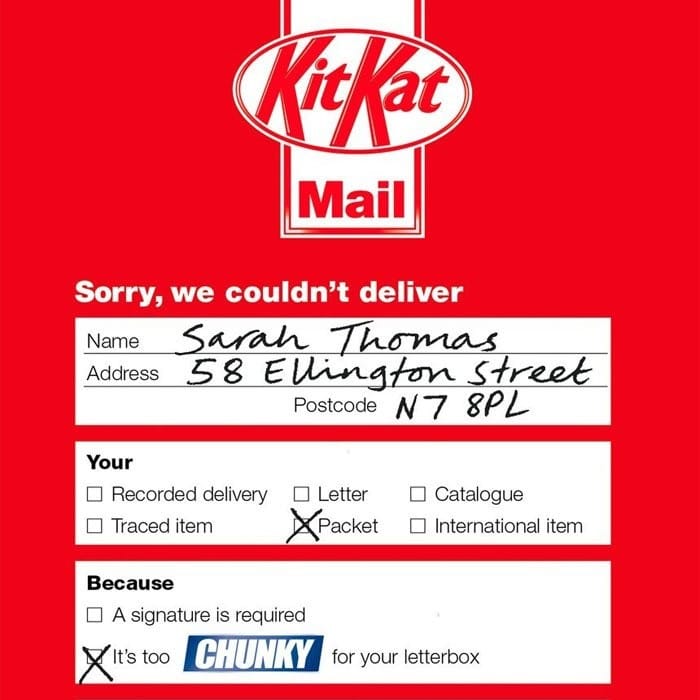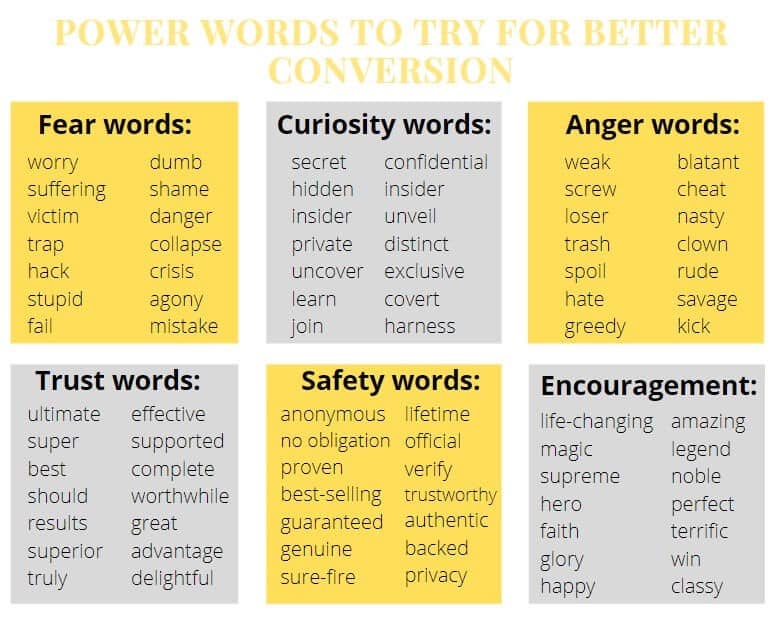
Email vs. Direct Mail: The Pros, Cons, and Differences Between The Two
Email vs direct mail: is one more effective than the other? It depends who you ask. Our guest Jessica Day of Dialpad shares the pros, cons and differences between the two so you can decide which marketing method could be more effective for your business.
When it comes to marketing, there are many different ways to skin a cat. You can use email, direct mail, online ads, print ads, TV commercials, radio spots… the list goes on. But which method is the best?
The answer will depend on your business, products or services, target market and goals.
Email vs. direct email: how to decide between the two
Don’t fret, though, because we’ll be darned if we let you decide without all the facts. We’re pitting email against direct mail to help you see the pros, cons and differences between the two methods. So you can make a decision that’s right for your business.
Let’s get started.
What is direct mail?
Direct mail is a method of marketing where you send physical materials through the mail to potential customers. This can include postcards, brochures, catalogs or even letters.
Let’s say you sell women’s clothing. You could create a direct mail campaign that includes a catalog of your latest arrivals, along with a coupon for 20% off their first order. Then you would send this catalog to women in your target market who live in a specific geographical area.
What is email marketing?
Email marketing is similar to direct mail, but you send emails instead of sending physical materials.
Email marketing can be used to promote sales, announce new products or services, or keep in touch with your customers. For example, let’s say you sell a cloud telephone system. You could create an email campaign that includes a series of emails, each one introducing a different feature of your product. Then, at the end of the email campaign, you could offer a free trial or a discount for those who sign up.
Email vs. direct mail: pros and cons
Now that we’ve covered the basics, let’s look at each method’s pros and cons.
Direct mail pros
- Tangibility: A benefit of direct mail is that it’s a physical object. Something that your customers can see and feel, rather than a line in an inbox.
- More memorable: According to Royal Mail Marketreach, direct mail is 49% more memorable than email.
- ROI: Although direct mail can be more expensive than email, it has the potential to deliver a higher ROI. You can target your audience more precisely and compete with fewer businesses.
Direct mail cons
- Time: One of the biggest drawbacks of direct mail is that it can take a long time to plan and execute a campaign. This is because you have to design the materials, print them and then physically mail them out. Email, on the other hand, can be sent out almost instantly.
- Cost: As mentioned before, direct mail can be more expensive than email. You have to pay for design, printing and postage. Email costs are much lower since all you need is a service provider and a list of addresses.
- Environment: Another downside of direct mail is that it’s not environmentally friendly. Email doesn’t use paper, meaning it has a smaller ecological footprint. Something customers are becoming more aware of, and influenced by, in their decisions.
4 tips to make direct mail more effective

Is direct mail the marketing method for you? Here’s three tips to slay your direct mail campaigns.
#1. Keep it short and sweet
One of the best advice for direct mail is to keep your materials short and sweet. You should avoid long paragraphs and include plenty of white space. Imagine you sell voice over IP phone systems. Instead of writing a long email about the features and benefits of your product, you could include an image of the product, performance stats and a few sentences about how it can help businesses save money.
#2. Use a unique design
Design of the email plays a huge role in earning the attention of the audience. This is the basis to build a successful email. With the help of Chamaileon you can design emails quickly and easily.

#3. Use eye-catching images
Another excellent tip for direct mail is to use eye-catching images. People are visual creatures, and they’re more likely to remember your message if an image accompanies it. Make sure that the image is relevant to your message and that it’s high quality.
#4. Personalize it
One of the best ways to make your direct mail stand out is to personalize it. This means that you should address the recipient by name and include other information that would make the email feel more personal. For example, you could have the recipient’s city, state or company name.
Email marketing pros
- Speed: Email is much faster than direct mail. If you’re working on a B2B lead generation campaign, for example, you can write and send an email in just a few minutes, whereas it could take days or weeks to plan and execute a direct mail campaign.
- Cost: Email is also much cheaper than direct mail. You don’t have to worry about design, printing or postage. You can also use email signature templates to make sure that they maintain a professional look, just as you would with direct mail.
- Environment: Email is more environmentally friendly than direct mail since it doesn’t use paper. This is a big plus if you’re trying to be eco-conscious.
Email marketing cons
- Inbox clutter: One of the biggest drawbacks of email marketing is that people’s inboxes are often cluttered. This means that your email could get lost in the shuffle.
- Spam filters: Another downside of email marketing is that some providers have spam filters that could block your email from ever reaching the recipient’s inbox. You need to ensure you’re taking the right steps so that you land your email into your customers’ inbox.

- Email fatigue: Email fatigue is a real phenomenon, and it’s something that you need to be aware of when planning your marketing campaigns. It essentially occurs when people get too many emails and start ignoring them. To avoid this, you need to make sure that your emails are exciting and relevant by using strong power words.
3 tips to make email marketing work
If you’ve opted for this route, here’s some email marketing best practices to help you succeed with your emails.
#1. Irresistible subject lines are a must
If you want your email to be opened and read, then you need to have an irresistible subject line. A good subject line should include:
- Power words: Email subject lines with power words tend to perform better. Power words are words that evoke emotion such as “amazing,” “best” and “you.”
- Curiosity: You can also pique people’s curiosity by asking a question or making a bold statement.
#2. Be brief
Just like with direct mail, you should keep your email short and sweet. This means avoiding long paragraphs and including plenty of white space. Remember, people are more likely to read and remember your email if it’s easy on the eyes.

#3. Use fun multimedia
Another great tip for email marketing is to use fun multimedia. This could be anything from a GIF to a Tik Tok video. People love to consume multimedia, so this is a great way to make your email more engaging. Plus, it will help you stand out from the rest of the marketing noise.
Email vs direct mail: what’s the verdict?
There’s no easy answer when it comes to email vs direct mail.
Email is probably your best bet if you’re trying to reach a large audience quickly, without spending too much up front.
If you have a larger budget, you could consider using direct mail. If you’re a small business, maybe consider email drip campaigns a segmented list.
You could even deploy both methods, using direct mail to highlight seasonal events or sales, while using email for the day-to-day offers and engagement. Either way, remember that personalization can go a long way, no matter what marketing channel you’re using.
Good luck and happy marketing!
Author: Jessica Day is the Senior Director for Marketing Strategy at Dialpad, a modern business communications platform that takes every kind of conversation to the next level, turning conversations into opportunities with features like Dialpad’s power dialer software. Jessica is an expert in collaborating with multifunctional teams to execute and optimize marketing efforts, for both company and client campaigns. Here is her LinkedIn.






